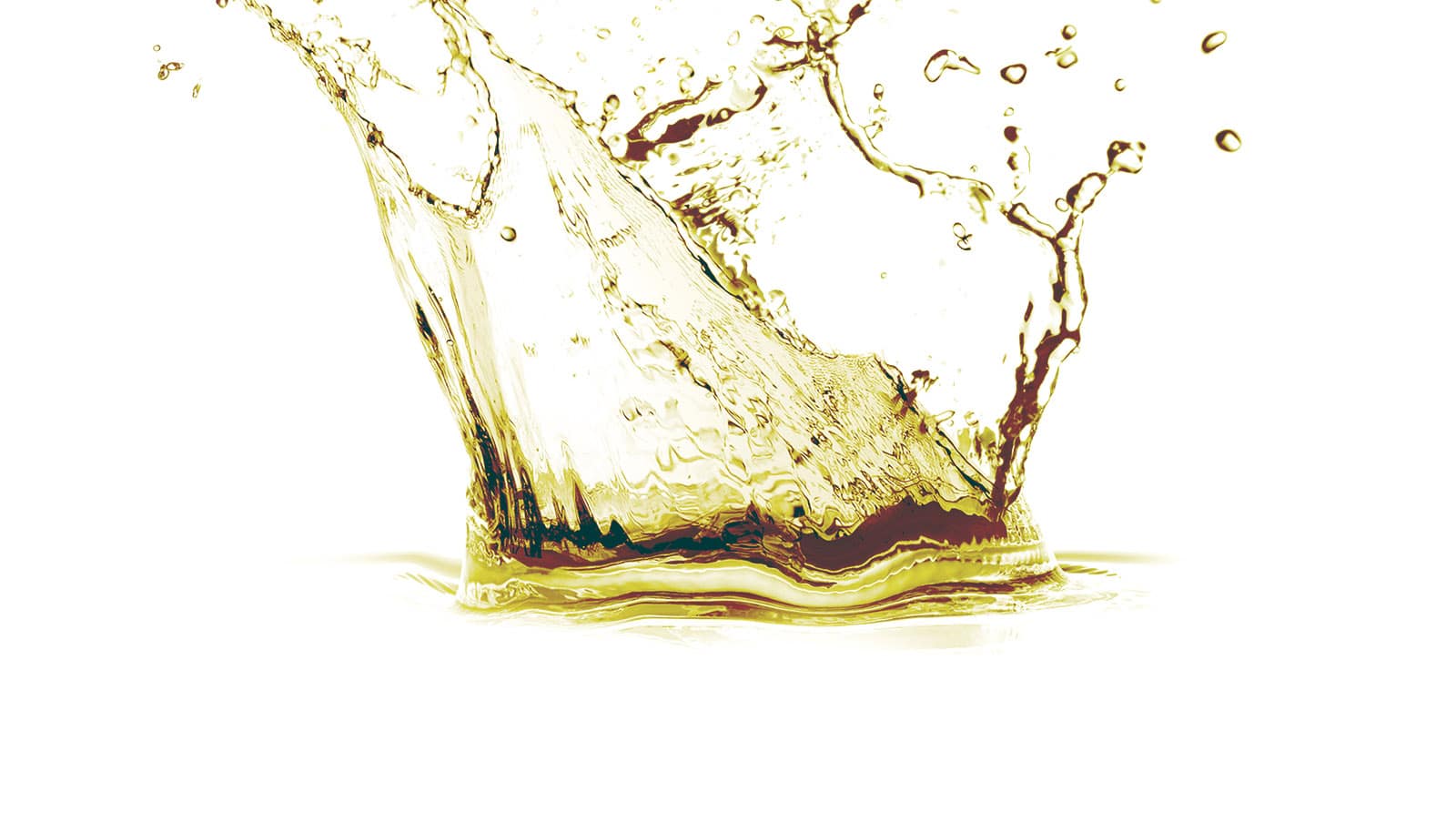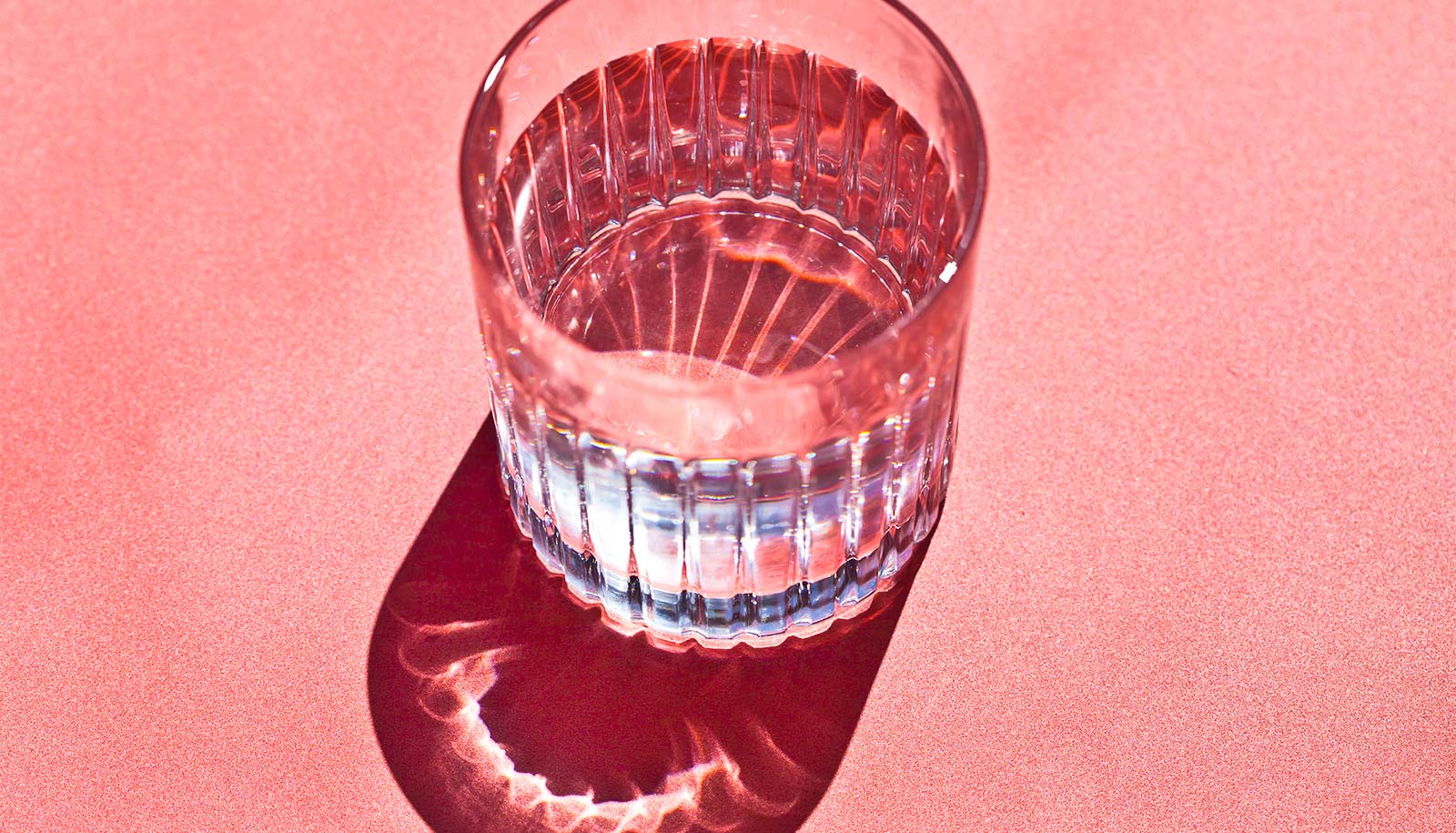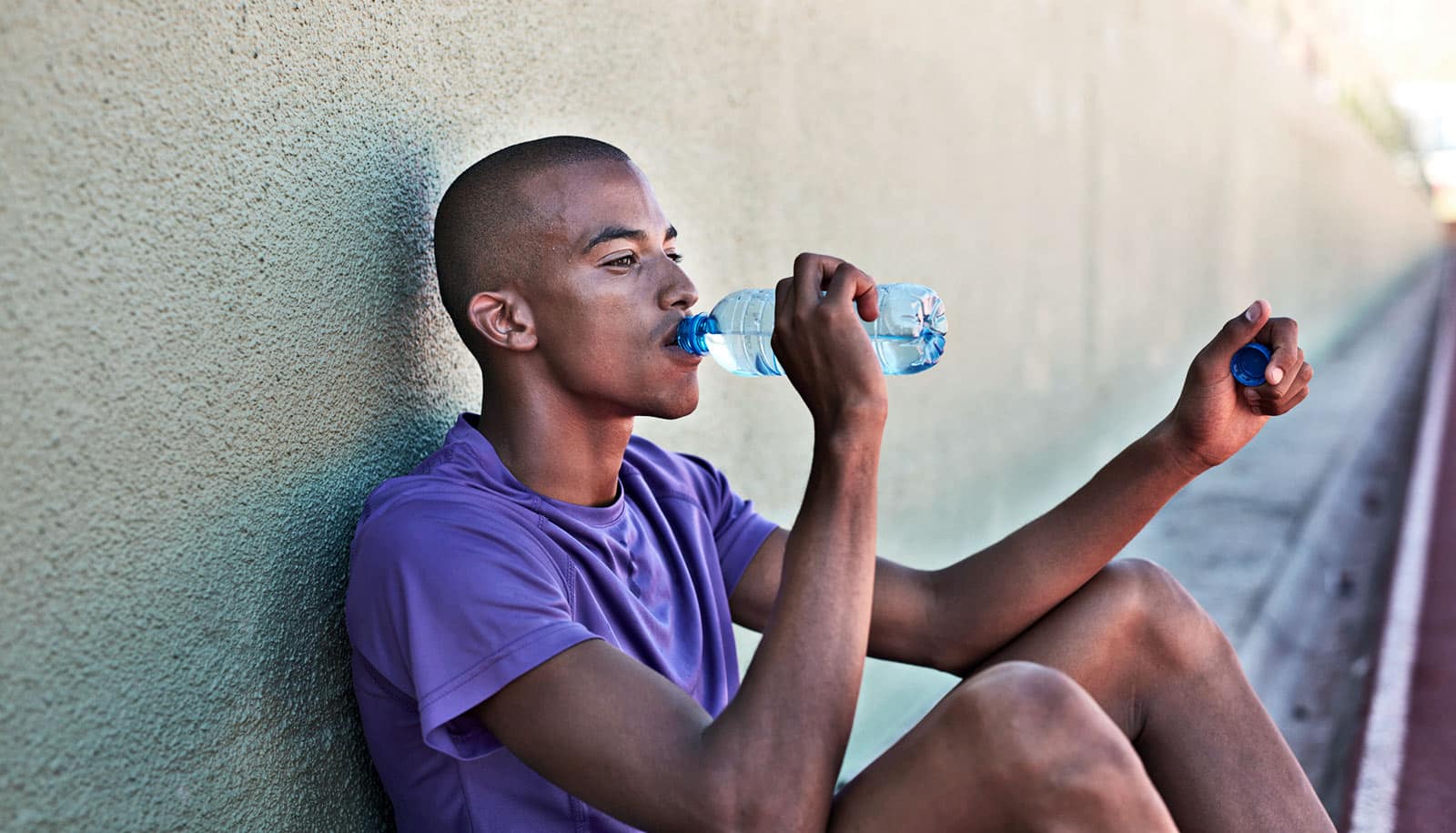A new theory explains exactly what happens in the tiny space between a drop of liquid and a surface to cause a splash.
A layer of air 1 micron in size—fifty times smaller than the width of a human hair—can obstruct a 1 millimeter drop of water, which is one thousand times larger.
When a drop of liquid falls, a microscopically thin layer of air prevents it from spreading smoothly across a surface. The drop can’t push aside the air layer. In instead of wetting the surface, parts of the liquid fly off, causing a splash.
A layer of air 1 micron in size—fifty times smaller than the width of a human hair—can obstruct a 1 millimeter drop of water, which is one thousand times larger.
This is comparable to a 1 centimeter layer of air stopping a tsunami wave spreading across a beach.

In his new theory, James Sprittles from the Mathematics Institute at the University of Warwick establishes exactly what happens to this minuscule layer of air during the super-fast action. The theory factors in different physical conditions, such as liquid viscosity and air pressure, to predict whether splashes will occur or not.
The lower the air pressure, the easier the air can escape from the squashed layer—giving less resistance to the water drop and suppressing the splashes. This is why drops are less likely to splash at the top of mountains, where the air pressure is reduced.
How to stop splashes
Understanding the conditions that cause splashing enables researchers to find out how to prevent it.
In 3D printing, liquid drops can form the building blocks of tailor-made products such as hearing aids, where it’s critical to stop splashing.
Splashes are also a crucial part of forensic science. Whether blood drops have splashed or not provides insight into where they came from, which can be vital information in a criminal investigation.
The weird science behind oobleck (water + cornstarch)
“You would never expect a seemingly simple everyday event to exhibit such complexity. The air layer’s width is so small that it is similar to the distance air molecules travel between collisions, so that traditional models are inaccurate and a microscopic theory is required,” says Sprittles.
“Most promisingly, the new theory should have applications to a wide range of related phenomena, such as in climate science—to understand how water drops collide during the formation of clouds or to estimate the quantity of gas being dragged into our oceans by rainfall.”
A paper describing the new theory appears in Physical Review Letters. The Leverhulme Trust and the Engineering and Physical Sciences Research Council provided support.
Source: University of Warwick



